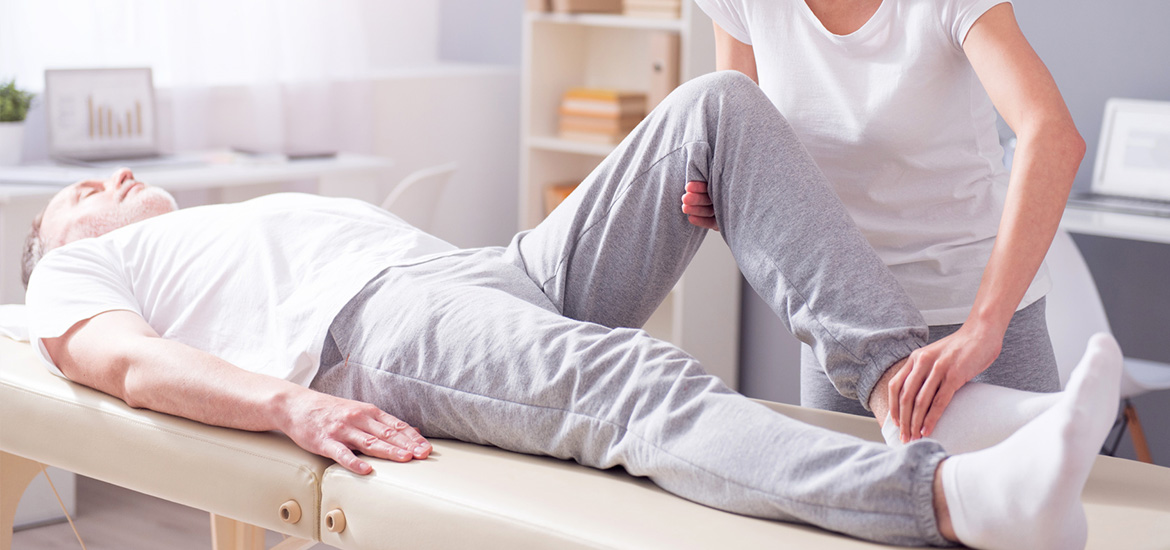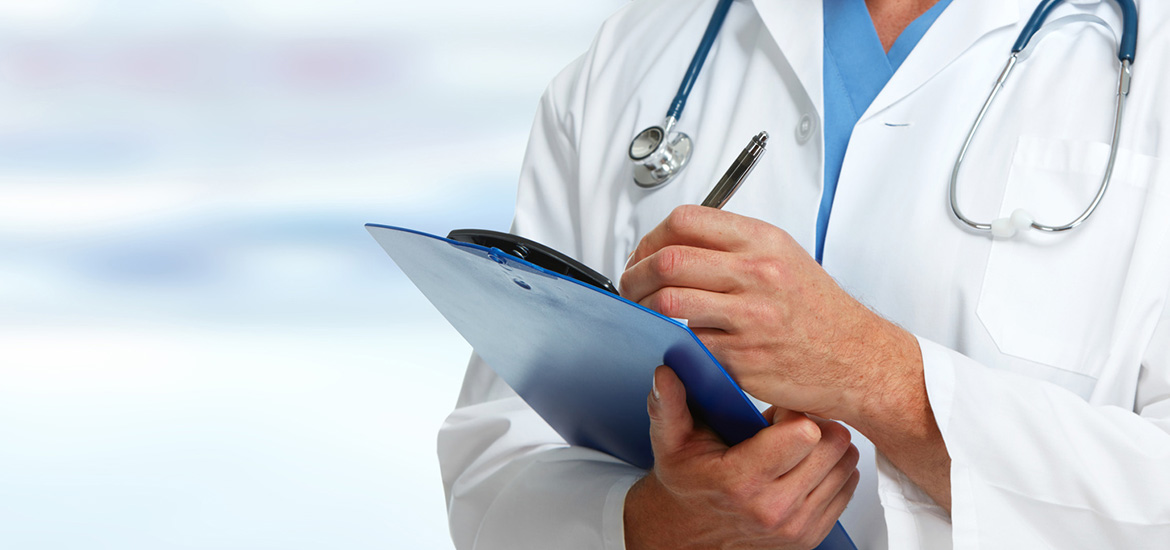What is the Lateral Collateral Ligament (LCL)?
The lateral collateral ligament (LCL) is one of several ligaments that provide knee joint stability. The LCL is located on the outer edge of the knee joint and connects the outer aspect of the fibula with the femur.
The LCL helps to prevent excessive side to side movements and twisting of the knee, also referred to as varus forces.
SUMMARY
In this article you will learn what the LCL ligament is, the signs, symptoms and how to diagnosis of a torn MCL. You will learn how surgery is performed and how you can both prevent and recover from an LCL surgery.
This short video shows the motion of the LCL in flexion-extension movement.
Causes of a torn LCL
LCL injuries arise when there is abnormal movement and excessive pressure impacting the knee joint. These varus forces have a medial contact point, with the effects being felt laterally. Most frequently these injuries occur during sporting activities, such as basketball, netball, football and skiing.
These sports require rapid changes in movement and in some cases involve contact which can force the knee to twist or bend abnormally. In some cases, repetitive straining of the LCL may also result in damage. Motor vehicle accidents or other traumatic events can cause LCL damage and result in knee dislocation.

Signs, symptoms and diagnosis
A tear of the LCL may result in:
Severity Grades
Depending on the severity of the injury, the discomfort may be minor through to very painful. A grading system is often used to characterise the extent of damage:
Grade 1
Several fibres are torn and minor discomfort experienced. However, full knee function remains.
Grade 2
There is moderate loss of mobility due to a significant amount of torn fibres.
Grade 3
The knee is unstable as a result of complete fibre rupturing. Other structures such as the cruciate or menisci ligaments may also been damaged.
Medical examinations are necessary to diagnose a torn LCL. CT or MRI scan or x-rays may be required to determine the full extent of the damage and advise appropriate rehabilitation. Usually grade 1 and 2 injuries heal quickly, within 2 to 8 weeks. It may take several months to heal fully in the case of a grade 3 tear.
Treatment options for a torn LCL
There are a range of treatment options for torn LCL:
It is uncommon for only the LCL to be damaged. A partial tear will usually heal with rest and immobilisation.
However, in many instances other ligaments are damaged due to knee dislocation. Surgery is often required to restore knee stability in these cases.

LCL surgery
Lateral collateral ligament surgery is recommended when there is noticeable side-to-side instability associated with a fibular collateral ligament tear. Surgery is can be very effective at restoring stability and stopping varus gapping.
Surgery is typically preformed as an open procedure combined with arthroscopy. The torn LCL is replaced using a tissue graft. This is passed through tunnels within the bone and then attached to the fibula and femur bones using screws.
Most surgeons use anatomic techniques for reconstruction. This may involve an allograft hamstring tendon or an autograph to reconstruct the LCL. Retrospective studies have shown that reconstruction of the LCL in the knee with a patellar tendon allograft is particularly successful1.
New developments in surgical techniques mean that it is now possible to create an anatomic reconstruction of the LCL using an arthroscopically assisted mini-open technique that’s less invasive compared with earlier methods2.
Prevention and recovery
Preventing injuries to the knee ligaments are often difficult. This is because they generally occur following an accident or some other unexpected event. Nevertheless, there are preventative measures that can be taken to reduce the risk of injury, including:
Education
Knowing how to correctly land or fall can assist in the prevention of MCL injuries. For example, falling sideways or forward rather than backwards can help to reduce the stress on knee joints. People participating in sports such as skiing, basketball, football and soccer should practice landing/falling correctly as part of their training.
Stretching
Muscles and ligaments should be prepared for aerobic activity by engaging in proper warm-ups. This helps to minimise any shock from sudden motion. Three to five minutes of light aerobic exercise is usually sufficient. Stretching the muscles around the knee after exercise is also important for preventing tightening of the MCL during recovery.
Strengthening
Maintaining strong muscles around the ligaments and knee joint can help to reduce the strain on the MCL. Strong quadriceps muscles are particularly beneficial. Located above the knee, these muscles are used in running and can be strengthened with squats and lunges.
Rest
The MCL can wear out and be stretched over time. Thus, it’s important to allow the body time to recover. Alternating between high and low-impact activities can help to minimise the strain on the knee.
For more information about protecting the knee from ligament injury, read our article on torn medial collateral ligament (MCL).

Nutrients supporting ligament recovery
Certain nutrients can help to repair ligaments, tissue and bones. Various minerals, vitamins and antioxidants assist to support healthy connective tissues and can make recovering from torn ligaments easier.
Vitamin C is essential for the biosynthesis of collagen, a vital component of connective tissue and wound healing. Also an important antioxidant3, vitamin C boosts immune function and can reduce inflammation to further enhance the repair process. Studies have shown that vitamin C can be used successfully to stop inflammation following surgery to repair ligaments4.
Omega 3 fatty acids can also benefit the recovery of torn ligaments and other joint injuries. These essential nutrients help to reduce inflammation and are widely used in the treatment of joint aliments such as rheumatoid arthritis and osteoarthritis.
With ligament injuries causing inflammation of the joints and surrounding tissues, omega-3 fatty acids can naturally help to reduce swelling and promote healing. Studies show that omega-3 fatty acid supplementation also promotes ligament fibroblast collagen formation, accelerating wound healing5.
The repair of tissues and bone requires high-quality protein. This helps to boost cell production and speed up the healing process. The trace elements zinc and copper are also beneficial for ligament repair. Zinc reduces oxidative damage and copper helps to enhance blood supply to the muscles6.
Maintaining a healthy, balanced diet will help to support recovery following damage to the connective tissues of joints. Plenty of fresh fruit and vegetables enriched with antioxidants and other key nutrients, together with protein will provide the body with the necessary support to heal. Certain nutritional dietary supplements can also be advantageous, especially if there are dietary inconsistencies.
Bibliography
- Latimer, H., et.al. (1998). Reconstruction of the Lateral Collateral Ligament of the Knee With Patellar Tendon Allograf: Report of a New Technique in Combined Ligament Injuries.” American Journal of Sports Medicine, Volume 26, Issue 5, (pp. 656-62)
- Lui, P. et.al. (2014). Anatomic, Arthroscopically Assisted, Mini-Open Fibular Collateral Ligament Reconstruction : An In Vitro Biomechanical Study. American Journal of Sports Medicene, Volume 42, Issue 2, (pp. 373-381)
- Frei B, England L, Ames BN. (1989). Ascorbate is an outstanding antioxidant in human blood plasma. Proc Natl Acad Sci USA. Volume 86 (pp.6377-81)
- Barker, T. et.al. (2009). Modulation of inflammation by vitamin E and C supplementation prior to anterior cruciate ligament surgery. Free Radical Biology & Medicine. Volume 45, Issue 5, (pp. 599-606)
- Hankenson, K. et.al. (2000). Omega-3 fatty acids enhance ligament fibroblast collagen formation in association with changes in interleukin-6 production. Proceedings of the Society for Experimental Biology and Medicine. Volume 223, Issue 1, (pp. 88-95)
- Speich, M. et.al. (2001). Minerals, trace elements and related biological variables in athletes and during physical activity. Clin Chim Acta. Volume 312, Issue 1-3, (pp. 1-11)






